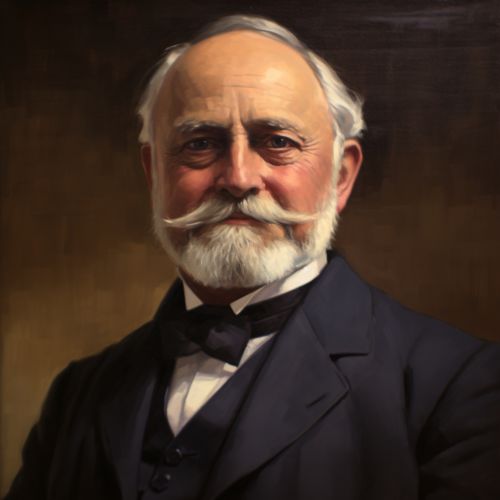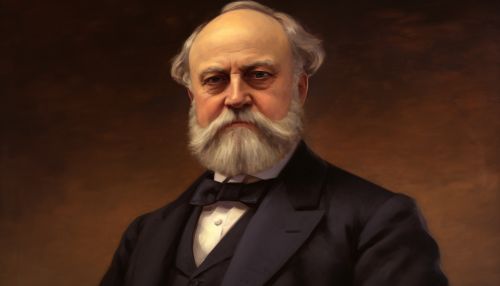Louis Agassiz
Early Life and Education
Louis Agassiz was born on May 28, 1807, in Môtier (now part of Haut-Vully), in the French-speaking part of Switzerland. His father, a pastor, instilled in him a deep love for nature and the outdoors, which would later influence his career path. Agassiz attended the Universities of Zürich, Heidelberg, and Munich, where he studied medicine. However, his interest in natural history led him to switch his focus to the study of fish.
Career and Contributions to Science
Agassiz's first major scientific contribution was his work on ichthyology, the study of fish. He published his research in a multi-volume work titled "Recherches sur les poissons fossiles" (Research on Fossil Fish), which established him as a leading figure in the field of paleontology.
In 1837, Agassiz was appointed professor of natural history at the University of Neuchâtel in Switzerland. During his tenure, he developed a new approach to the study of glaciology. He proposed the then-radical theory that the Earth had once been covered by glaciers, an idea that was initially met with skepticism but eventually gained acceptance. This theory, known as the Ice Age theory, revolutionized our understanding of Earth's past climates.
Agassiz moved to the United States in 1846, where he accepted a professorship at Harvard. There, he founded the Museum of Comparative Zoology, which remains one of the leading natural history museums in the world.
Personal Life and Legacy
Agassiz married twice and had a total of five children. His son, Alexander Agassiz, also became a prominent scientist, following in his father's footsteps.
Agassiz died on December 14, 1873, in Cambridge, Massachusetts. His contributions to the fields of ichthyology, paleontology, and glaciology have left a lasting impact on the scientific community. Several species of fish and a number of geographical features, including the Agassiz Glacier in Montana and the Agassiz Desert in Nevada, have been named in his honor.


